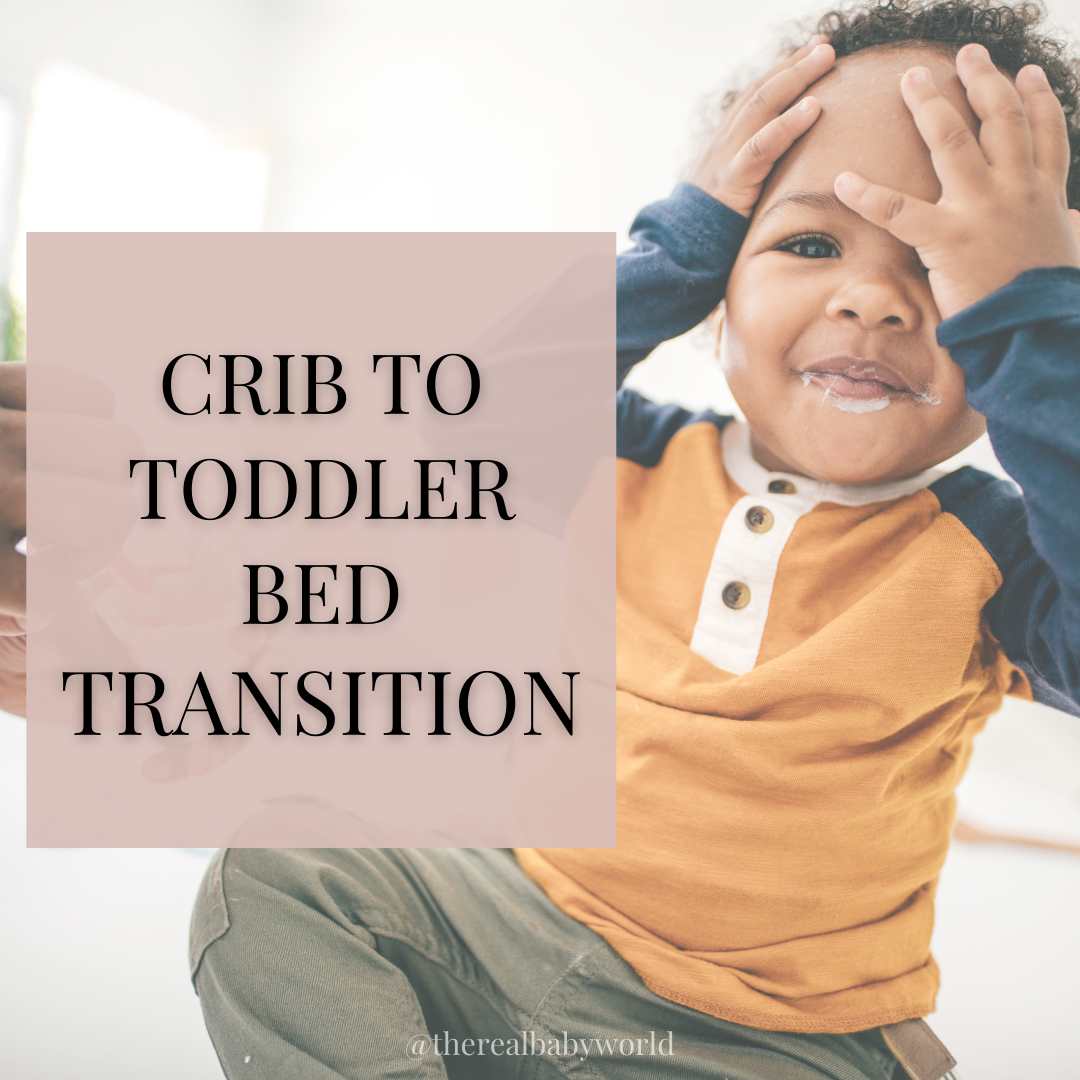
WHEN TO TRANSITION?
I have noticed that parents frequently wonder whether there is certain age by which their little ones should transition to a toddler bed. Some parents rush in and bring a bed at 18 months, some wait it out until their child is 3.5-4 years old. Which side is right?
Technically, neither.
I mean, no one really wrote a rule on a chalkboard “THIS IS THE AGE…”. What I would recommend is to wait until your child is at least 30 months (2.5yo) because it is then when their cognitive ability to make logical connections develops and so does their self-control.
Otherwise, you may be dealing with lots of escapes. I will share soon tips on how to delay the transition (because maybe your child is an escape artist and is trying to climb out of the crib before that age).
My advice then is: if it isn’t broken, don’t fix it 😉 I.e. if your child is happily sleeping in their crib, and obviously if there are no safety concerns, no reason to transition just yet.
Let’s look at some signs of readiness for the crib-to-toddler bed transition:

I always encourage parents to base their decision regarding transition on their child readiness rather than need to free up the crib because new sibling is arriving. I really think it is better to rent or borrow a crib, pack&play than deal with a child who cannot comprehend the idea of staying in bed nor have self-control to do so.
“What if my child hasn’t reached the age but is trying escaping their crib?” Well, it can also be the case and I urge you to try to some of these things before deciding toddler bed is the next step:
– safety: bring the crib mattress to lowest point to make climbing more difficult. (DO NOT remove the bottom of the crib – it will affect its safety standards),
– if the crib has one short side and one tall, turn the crib around,
– you may use a sleep sack to prevent climbing.
PREPARING FOR CRIB TO TODDLER BED TRANSITION
Let’s look at safety aspects:

So we’ve got all basics covered! Let’s move onto tactics to facilitate crib to toddler bed transition.
1. Setup: put toddler’s bed in the same place as their crib. Let them keep their crib blanket with them (even if it is too small).
2. Help your child pick up the bed and sheets (favorite character, show etc.)
3. If the bed is a hand-me-down, draw a parallel to whom previously had it
4. “Talk up” the bed to family and friends (when they visit or over the phone to create sense of gravity and promotion around it 🙂
5. Use the crib transition as a signal of “status change”, e.g. “Wow, now you have a bed like mommy and daddy!”
6. Go all out and throw a BIG KID BED party.
7. If child is nervous, use a toddler bed instead of twin bed.
8. If a new baby is the reason for transition, have your toddler sleep in the toddler bed at least for two months before the baby gets the crib – you may suggest to your older one giving away the crib as a gift to the baby.
Resistance is normal! Especially when it coincides with new baby, potty training, pre-school. It may take time before your toddler understands that even without the crib railing the “barrier” is still there.
Transition happened too early if a toddler is very upset, they get out of bed many times and suddenly, it takes them longer to fall asleep at night, and subsequent nights. Additionally, if a child gets out of bed and wanders around the room, doesn’t understand the concept of staying in bed, or safety is a concern – the transition happened too early.
STRATEGIES FOR AFTER TRANSITION: staying in bed.
– I suggest lights off, doors closed – not to be cruel but #1. fire safety: closed doors is case of fire can be a difference of life and death, and #2. I minimized a possibility of child getting out of bed.
– If your concern is feeling of abandonment, you may leave the door slightly open with a dim light in the HALLWAY. Small lights in your child’s room they are not used to can create unnecessary shadows and their imagination might take of from there.
– To prevent child from leaving, use a child-proof door know or put up a gate in the door (only for a protesting child and an escape artist).
– If the child is really anxious, you may stay with them for the first few nights (no engaging).
– If you need to return your child to bed, it should be done in a matter-of-fact type of way. Don’t engage, just pick them up, bring back, use the key phrase, kiss, good night and leave. Do it at intervals so it doesn’t turn into a game.
That would be all for now! I think I covered all key points over here 🙂 Look out for my sleep coaching packages should you need support of a professional with sleep troubles – I cannot wait to help your entire family sleep! And please, share this post with other parents who might need it.
To the balance your family deserves ✨

